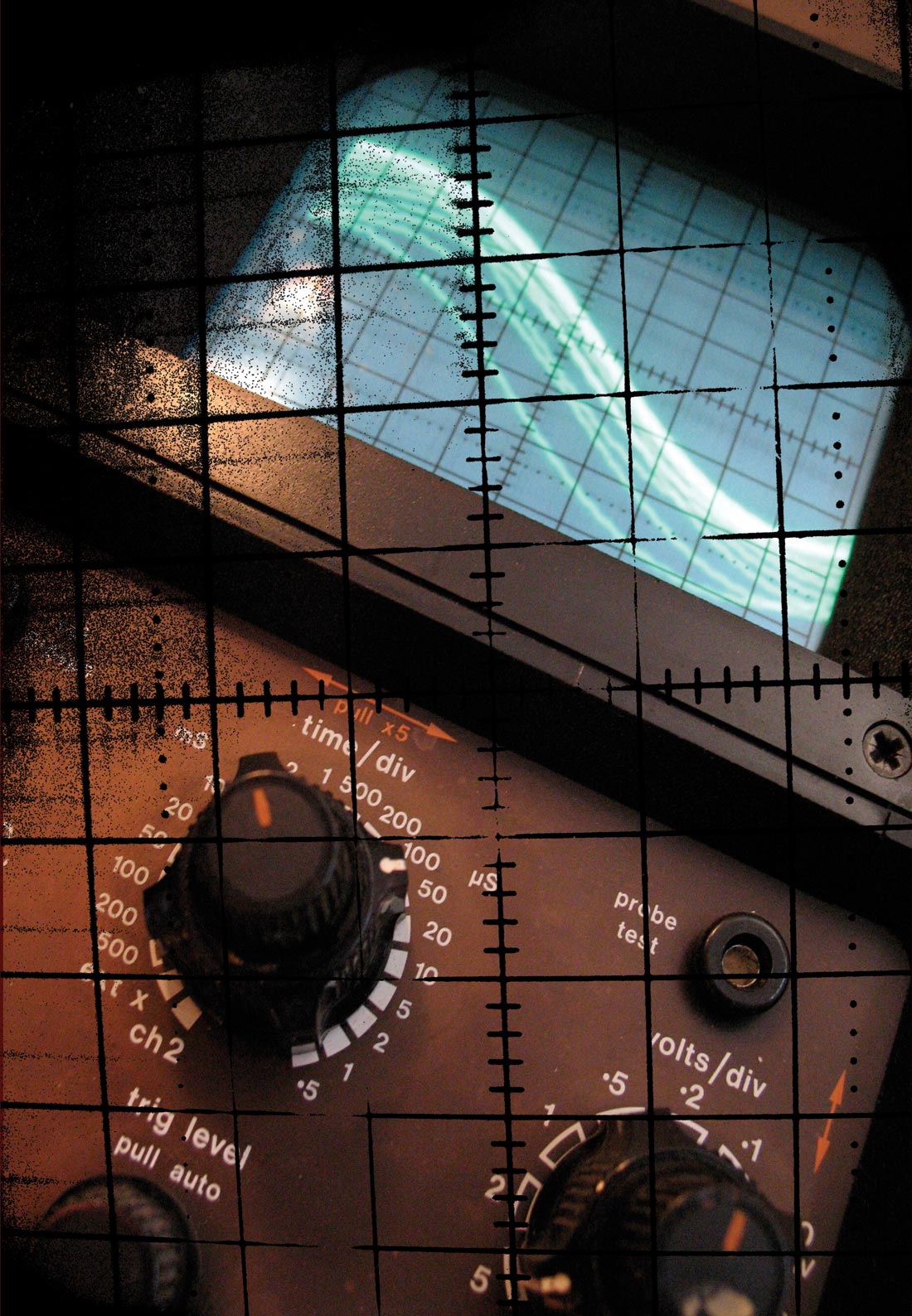Here's a couple of new and very affordable mics from Samson. First up, the CL2s are sold as a matched pair of small-diaphragm pencil-style condensers with high-pass filters and 10 dB pads. The mics come very handsomely packaged in a tough little aluminum case that holds the two mics, plus just about every mic accessory you'd ever need: two standard mic clips, two well-built shockmounts, pop filters, windscreens, even a stereo bar! You also get cardioid and omni capsules for both. I've used these as one might expect-stereo drum overheads, acoustic guitar, upright piano, percussion, etc.-and they have been solid on every source. I was particularly stoked on the X/Y drum application of these mics; I ended up with a surprising amount of detail, range, and really nice "air" from the cymbals. The CL2s did not disappoint when used as a cello mic in conjunction with a UA 610 preamp. A single CL2 with no filtering, placed about 3 ft away, kinda between the bridge and f-hole, returned a perfectly natural, resonant tone. Hey, I even used the CL2s to mic up a play at my son's school, and I can say with confidence that the second and third-graders never sounded better. The parents all started using descriptives like "punchy" and "warm". (They usually ask me to make their kids sound like The Beatles-weird, huh?) Anyway, great little mics; a steal at $299 for the set.
The VR88 is one of a number of new ribbons that have cropped up lately, and while it won't be replacing my trusty Royer, it definitely has its own character and is a flexible and durable "entry-level" ribbon. I use the term entry-level without any condescension, but only to illustrate how easy it is to screw up a ribbon mic, either by accident or blatant abuse. The VR88 is actually pretty tough and can withstand higher SPLs than most ribbons; I used this thing on a rock kick drum, and it weathered the beating admirably, and it sounded great! I would never subject my tender Royer to that kind of brutality. It's also phantom-powered (no more "did I just blow the ribbon again?") so you don't need a high-gain preamp. It comes with a massive spider-style shockmount, so it's a bit of a thug, really. Furthering its thuggish profile is the industrial design of the VR88, which is somewhere between that of a flattened RCA 77A and R2D2's mug shot. Like the CL2s, it has its own tough aluminum case, plus a cheapish-looking right-angle XLR cable (didn't trust the cable, but that's probably just my long-standing cable snobbery). For rock music, I really liked it on kick drum and bass amp; it seemed to consistently return an articulate and "tight" low end. I also noted exceptional results with it in front of an upright acoustic bass placed 3 ft from the bridge. Conversely, I didn't care for it as a vocal mic at all, as I found it a shade too dull-sounding and lacking in clarity. This may, however, be a result of a pronounced proximity effect, as I tend to record vocals up close, usually at distances of less than 10" away from the mic. If you are looking for a percussive or woody sound for acoustic guitars, the VR88 could work well here too; on the other hand, I generally prefer a brighter acoustic tone. If you're ribbon-curious, on a budget, and are into the droid look, pick one up. (CL2 pair $299 MSRP, VR88 $499; www.samsontech.com)
Tape Op is a bi-monthly magazine devoted to the art of record making.




_disp_horizontal_bw.jpg)